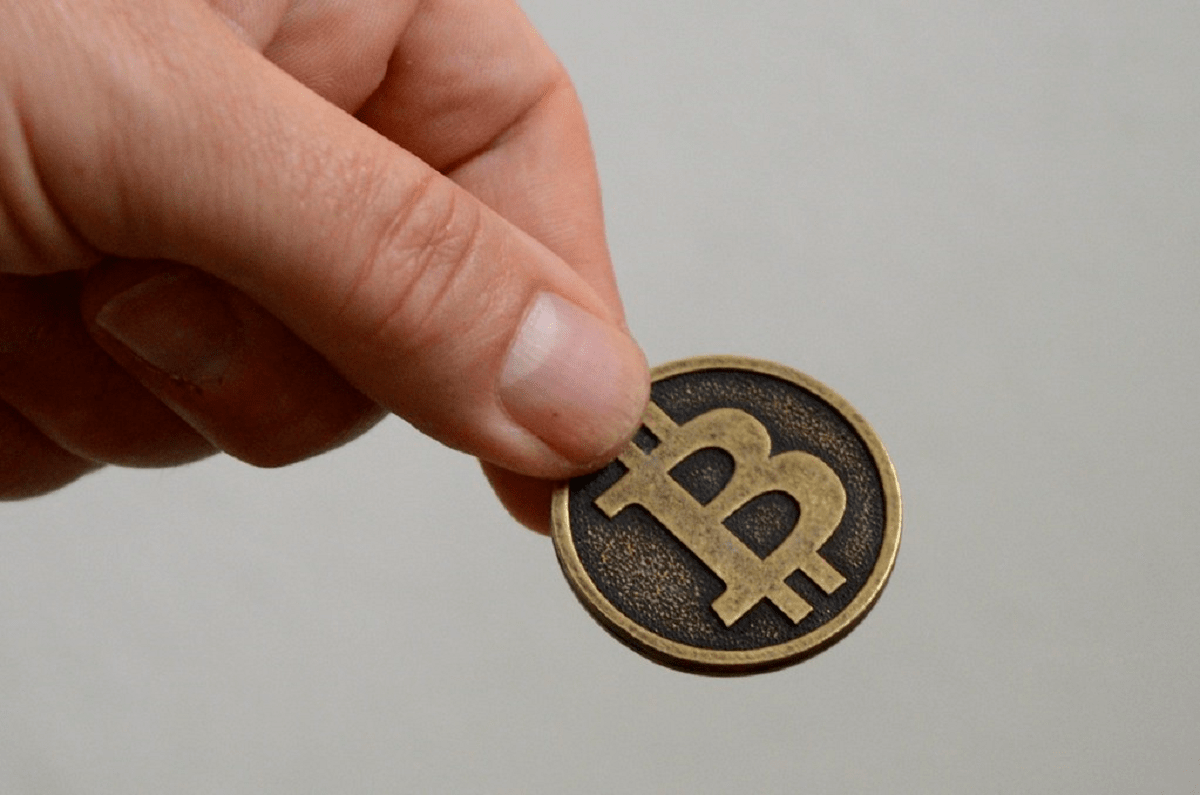Miner’s Revenue Spikes 14% As Bitcoin Transitions From A Block-Reward To A Transaction Fees Model

8 days after halving, data streams from GlassNode, a crypto analytics platform, shows that miner revenue from Bitcoin transaction fees is up 14 percent to 2018 levels.
It is unprecedented but nonetheless expected since the network hash rate was somehow expected to shed computing power as miner block rewards were chopped by half.
Rising Bitcoin Transaction Fees
The spike in transaction fees over the last few days has been aptly captured by Mati Greenspan the founder of QE and a market analyst.
In a series of tweet, he appears to have been tracking the average transaction fees charged on the Bitcoin network.
“Average fee to send BTC is now up to $5.82 (Please tell me how your favorite shitcoins can do it faster and cheaper. I’m dying to hear about it. /s) Mining difficulty will be adjusted in 91 blocks and that should clear the backlog and reset the fees to normal.”
Over the last few days, it should be noted that fees have varied drastically. Pre-halving, and specifically around early April, the average transaction fees charged to users of Bitcoin stood at between 50 cents and $1.
Bitcoin Mining Difficulty Adjustment
Still, there is hope, and fees may drop to pre-halving levels. In less than 15 hours, the Bitcoin network will re-adjust its difficulty. The last difficulty adjustment was executed on May 5, 2020.
Then, in light with increasing hash rate ahead of the highly anticipated halving, difficulty was increased by 0.92 percent. A sharp change was made on March 26—two weeks after Black Thursday when prices of BTC fell to $3,800 automatically forcing some miners to shut down, when difficulty was downgraded by 15.95 percent.
This was the third largest single-day drop of mining difficulty.
Hash Rate May Force Another Downgrade, Fees to Rise Over time
Today’s mining difficulty adjustment, considering the drop in hash rate to below 100 EH/s, may see another reduction and a subsequent leveling of transaction fees.
Even though fees may drop, the readjustment will marginally reduce transaction fees since the network is progressively shifting away from a block-reward based model to a transaction fees model which will subsequently be the principal source of revenue for all miners.
Inevitably, over time–and despite decent difficulty, transaction fees will rise. Here, altcoins like XRP and Litecoin may be viable options for fee sensitive users.
Mati’s tweets attracted comments and replies from supporters of rival networks as Ripple. Even so, Ripple and Bitcoin clientele diverge since the former primarily seeks to disrupt remittance, a nice which is dominated by SWIFT.
Recent Posts
- Crypto News
Crypto Market Set for Liqudity Pump With Fed Rate Cut Expected This Week
The crypto market is poised for a huge week as traders prepare for another possible…
- Bitcoin News
Harvard University Stacking More Bitcoin Over Gold, Bitwise CIO Matt Hougan Reveals
Harvard University is investing more in Bitcoin than in gold, according to Bitwise CIO Matt…
- Crypto News
Coinbase Returns to India After 2-Year Exit, Plans 2026 Launch of Fiat Services
Coinbase would resume operations in India after facing regulatory issues in 2023. The exchange has…
- Crypto News
Binance Sets Foothold in Abu Dhabi with ADGM Global License, BNB Bounces
In major crypto news today, the world's largest crypto exchange Binance on Monday confirmed receiving…
- Crypto News
Upbit Hack: Team Freezes $1.77M in Stolen Assets Amid Ongoing Investigation
Upbit, the biggest exchange in South Korea, announced they had frozen assets linked to the…
- Crypto News
Crypto Lawyer Bill Morgan Praises Ripple’s Multi-Chain Strategy as RLUSD Hits $1.1B
Ripple’s stablecoin RLUSD is gaining fresh momentum after new data showed its market cap climbing…